The moment a performing artist ate a banana artwork sold for $120,000 at a gallery in the United States shocked onlookers and caused controversy on social media this week.
The piece, called "Comedian" by Italian artist Maurizio Cattelan, was displayed at the museum on Friday. New York performance artist David Datuna on Saturday swallowed the celebrated banana duct-taped to a wall on display at the Art Basel Miami Beach.
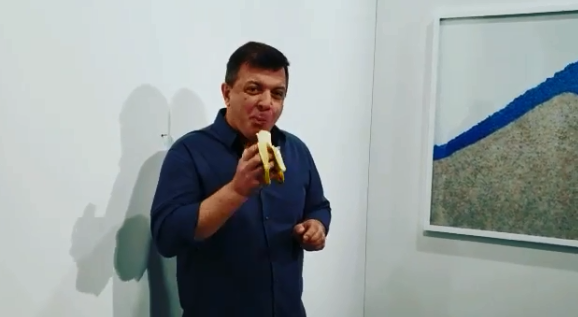
Datuna ate the banana at in front of art lovers/Screenshot of Instagram
Datuna ate the banana at in front of art lovers/Screenshot of Instagram
But it's not the first time expensive artworks have been destroyed, either deliberately as part of the work, or because the artist was disappointed with them.
The critic Walter Benjamin said art works lost their aura of authenticity when they could be mechanically reproduced. Perhaps that's why some artists have decided that time-based works with a limited life are the only way to achieve uniqueness.
Banksy's "Girl With Balloon", which depicts a small child reaching up towards a heart-shaped red balloon, partly shredded itself during an auction at Sotheby's in London last year, just moments after it was sold for $1.4 million.
The anonymous graffiti artist later published a video detailing how he installed a shredder into the frame of one of his best-known works.
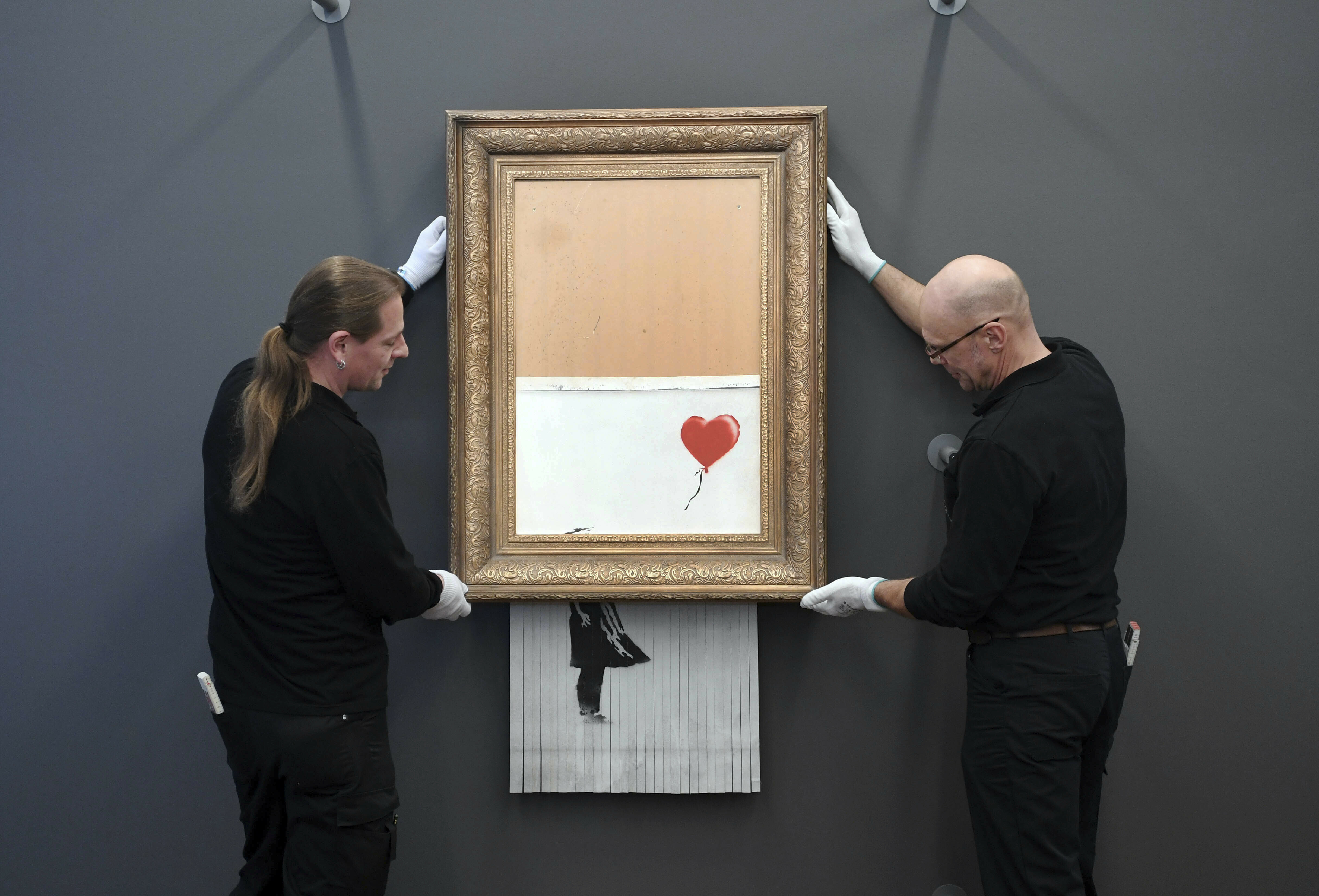
Banksy's painting was retitled "Love is in the Bin" after the self-destruction (credit: Uli Deck, DPA via AP)
Banksy's painting was retitled "Love is in the Bin" after the self-destruction (credit: Uli Deck, DPA via AP)
In 1994, art duo the K Foundation reportedly burned one million pounds ($1.3 million) in a disused boathouse on the Scottish island of Jura.
The two artists who staged the performance, Bill Drummond and Jimmy Cauty, later used some of the ashes to manufacture a house brick.
The incineration was recorded on camera and was later screened during their tour around the UK. The film, called "Watch the K Foundation Burn a Million Quid" engages audiences in debate about the cash burning and its meaning.
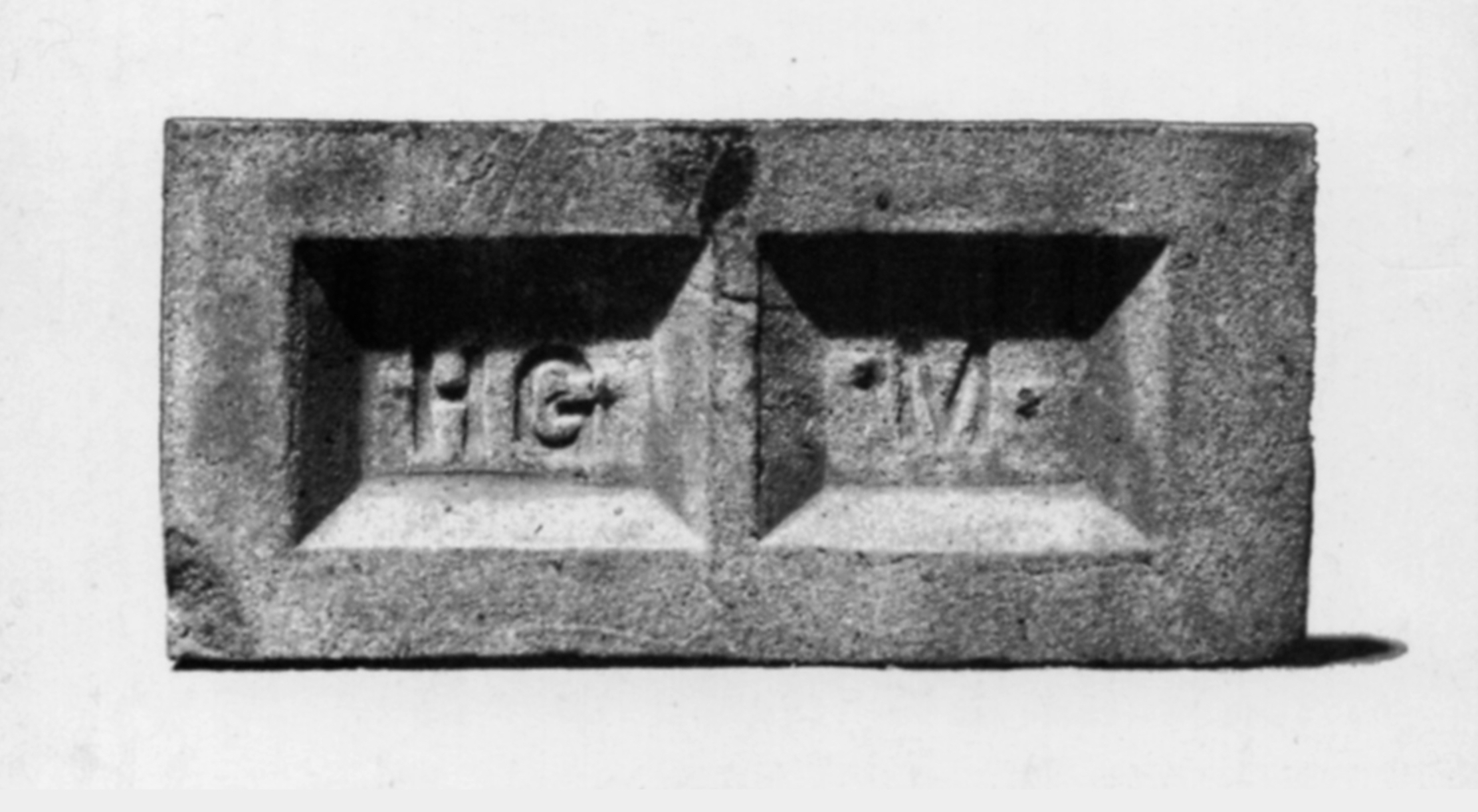
'The Brick' was made from the ashes of the money reportedly burned by The K Foundation
'The Brick' was made from the ashes of the money reportedly burned by The K Foundation
Conceptual artist John Baldessari also destroyed some of his own work in order to create others.
In 1970 he took his unsold paintings to a crematorium and reduced them to ashes. He called this the "Cremation Project", which included films and photos documenting the destruction of the abstract early stage of his career.
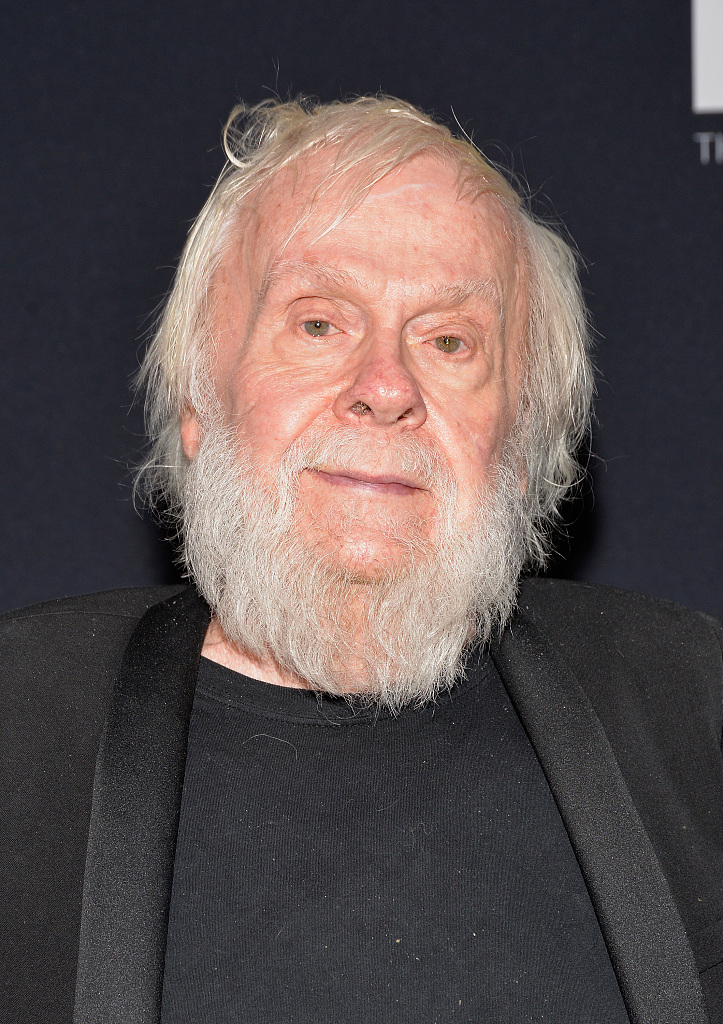
John Baldessari, one of the leading conceptual artists of his generation, took the unusual decision to burn much of his early work in 1970 (Credit: Michael Tullberg/GettyNorthAme/Getty Editorial)
John Baldessari, one of the leading conceptual artists of his generation, took the unusual decision to burn much of his early work in 1970 (Credit: Michael Tullberg/GettyNorthAme/Getty Editorial)
Were these contemporary artists inspired by their predecessors? Maybe. Claude Monet, arguably the best-known pioneer of the French impressionism in the 19th century, has drawn international recognition for his "Water Lily" paintings.
The number of such paintings was reportedly higher at the time when he was alive. But he allegedly destroyed some of them in 1908, ahead of his exhibition, because he thought they weren't good enough.
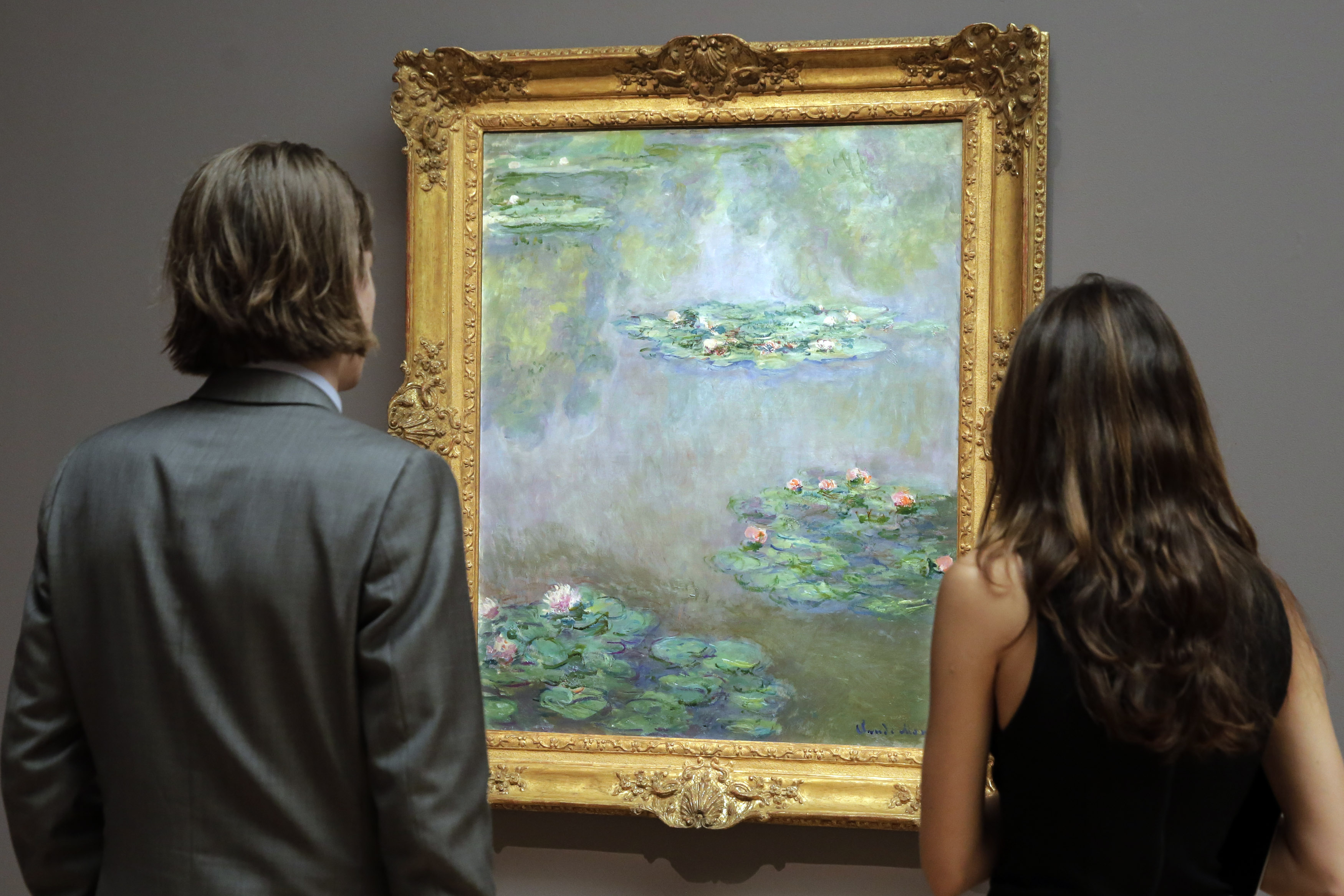
One of Claude Monet's 1908 “Water Lilies”, while on displayed at Sotheby's in New York (Credit: AP Photo/Richard Drew)
One of Claude Monet's 1908 “Water Lilies”, while on displayed at Sotheby's in New York (Credit: AP Photo/Richard Drew)
Before he died, Monet reportedly asked his family to destroy even more of his remaining artworks, fearing they won't be appreciated enough by future generations.
The banana itself, of course, being perishable, could never have been appreciated by future generations, although Cattelan said he spent a year exploring different materials like bronze and resin for the piece.
He told art market website Artnet. "In the end, one day I woke up and I said, 'The banana is supposed to be a banana.'"
In an interview with The Post, Datuna - the man who ate the banana - explained that he was doing an art performance called "Hungry Artist." "Maurizio Cattelan, I love him. One artist eats another artist. It's fun," the report quoted him as saying.
It's reported that the gallery re-taped a new banana to the wall later that day.